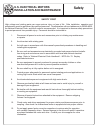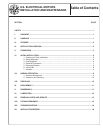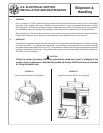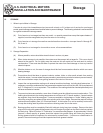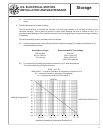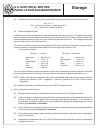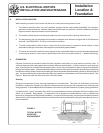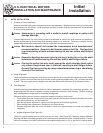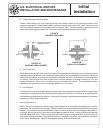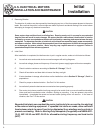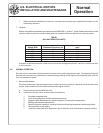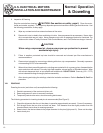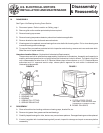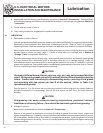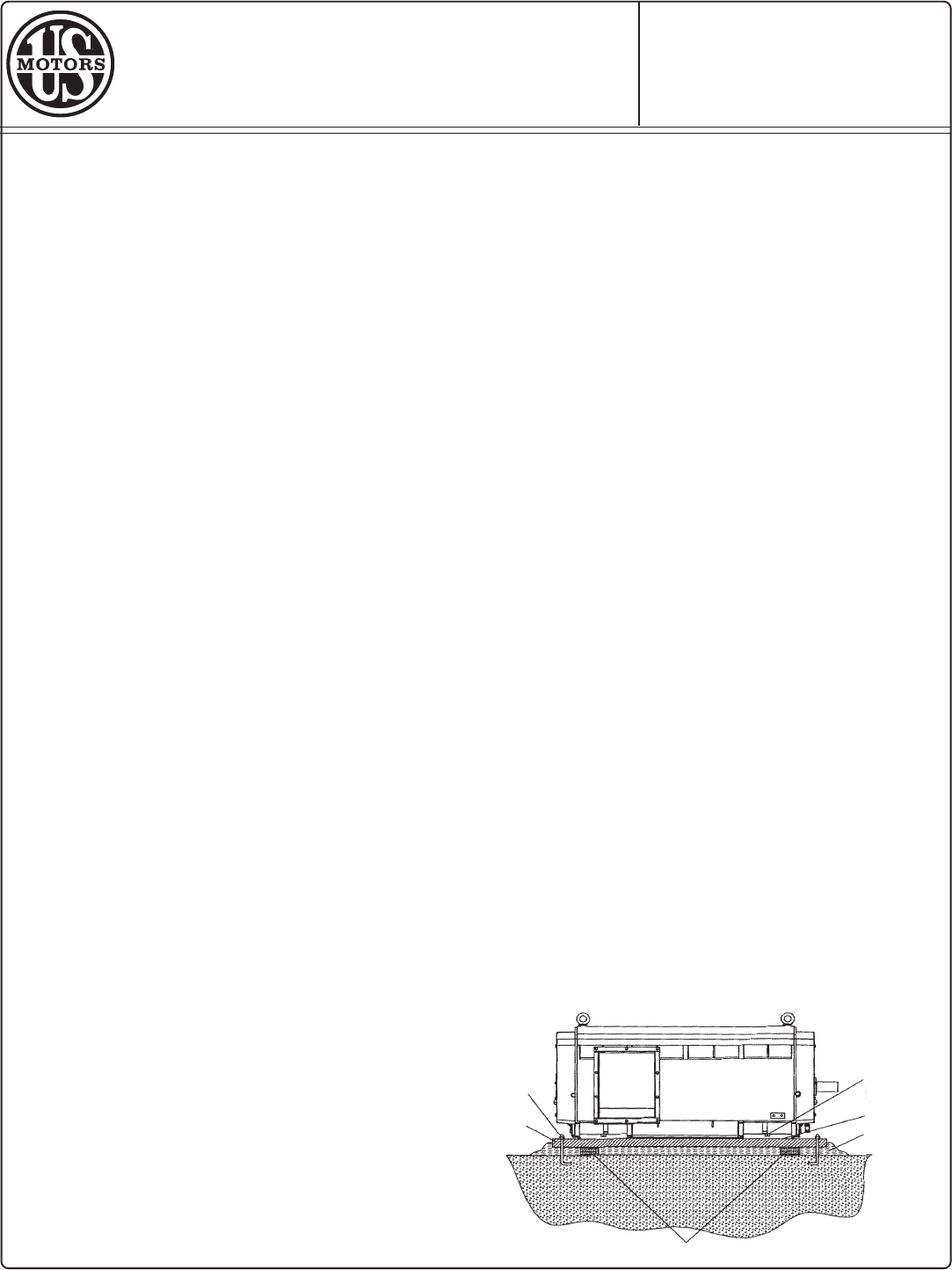
U.S. ELECTRICAL MOTORS
INSTALLATION AND MAINTENANCE
IV. INSTALLATION LOCATION
When selecting a location for the motor and driven unit, keep the following items in mind:
1. The location should be clean, dry, well ventilated, properly drained, and provide accessibility for inspection,
lubrication, and maintenance. Ambient vibration should be kept to a minimum. Outdoor installations on Open
Dripproof motors require protection from the elements.
2. The location should also provide adequate space for motor removal without shifting the driven unit.
3. The temperature rise of a standard motor is based on operation at an altitude not higher than 3,300 feet above
sea level. See NEMA MG-1 20.40 for normal service condition.
4. To avoid condensation inside of motor, motors should not be stored or operated in areas subject to rapid
temperature changes unless they are energized or protected by space heaters.
5. The motor should not be installed in close proximity to any combustible material or where flammable gases and/
or dust may be present, unless motor is specifically built for that environment and is U. L. labeled accordingly.
V. FOUNDATION
Concrete (reinforced as required) makes the best foundation, particularly for large motors and driven units. A
sufficient mass provides rigid support that minimizes deflection and vibration. It may be located on soil, structural
steel, or building floors, provided the total weight (motor, driven unit and foundation) does not exceed the allowable
bearing load of the support. (Allowable bearing loads of structural steel and floors can be obtained from engineering
handbooks; building codes of local communities give the recommended allowable bearing loads for different types of
soil). It is recommended that a fabricated steel base (sole plate) be used between motor feet and foundation. See
Figure 2. Base foot pads should be level and in the same plane.
Grouting
Grouting is the process of firmly securing equipment to a concrete base. This base is a continuation of the main
foundation, designed to dampen any machine vibration present and prevent the equipment from shaking loose
during operation. A serviceable and solid foundation can be laid only by careful attention to proper grouting procedure.
In practical terms, “grout” is a plastic filler which is poured between the motor sole plate and the foundation upon
which it is to operate. Being plastic, it is expected to fill all spaces and cavities before it sets or solidifies and
becomes an integral part of the principal foundation. In order to function properly, the principal foundation should be
allowed to fully set through chemical reaction and dehydration as recommended by the grout manufacturer, prior to
motor installation.
Installation
Location &
Foundation
5
FIGURE 2
TYPICAL MOTOR
MOUNTING
ARRANGEMENT
MOUNTING
BOLT
SOLE PLATE
MOTOR
MOUNTING
BOLT
SHIMS
GROUT
WEDGES




